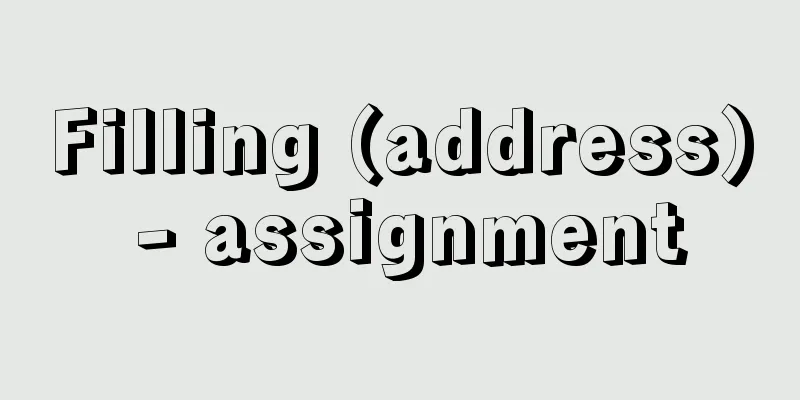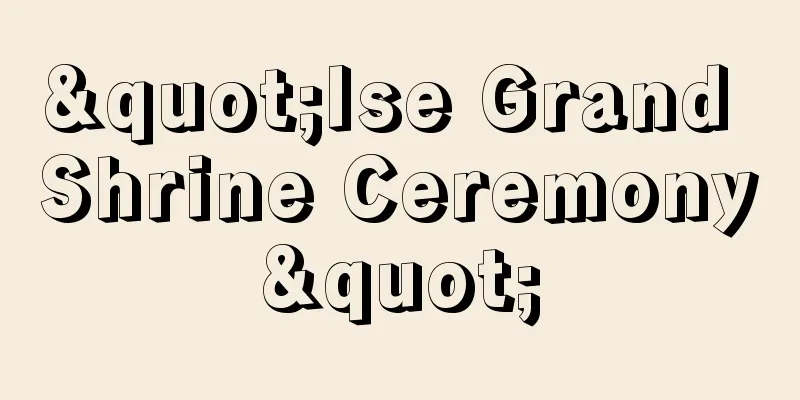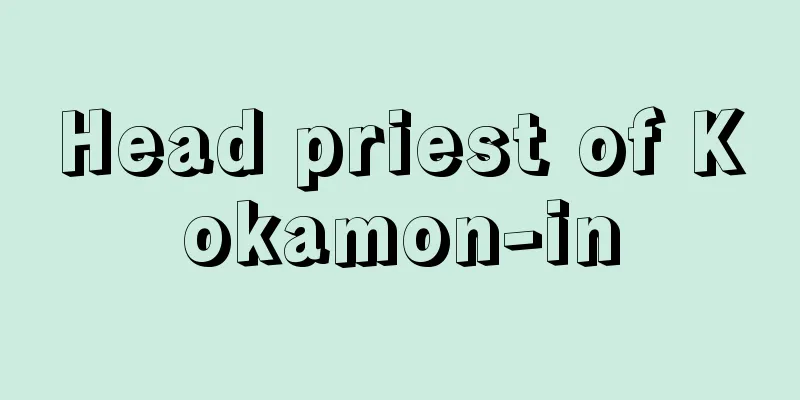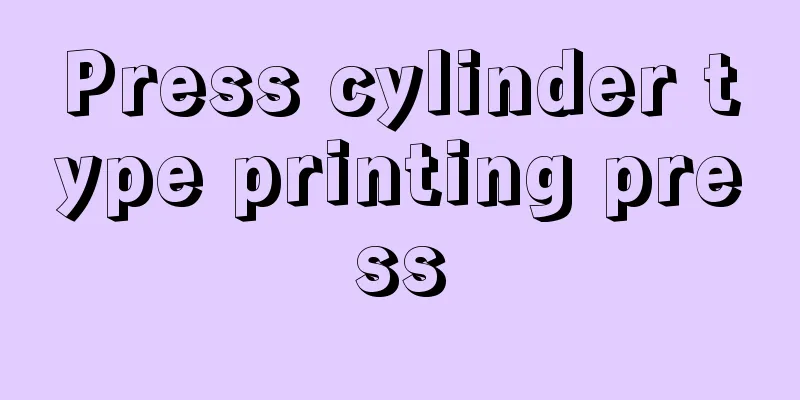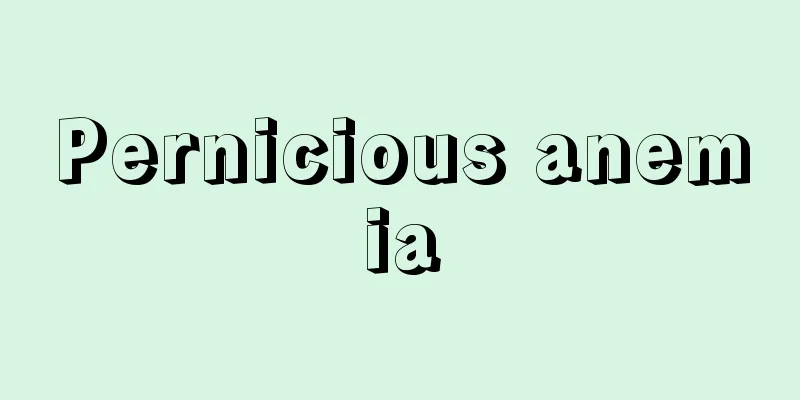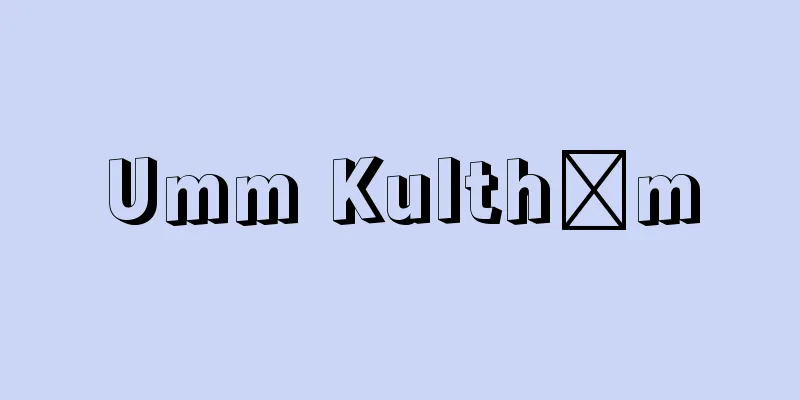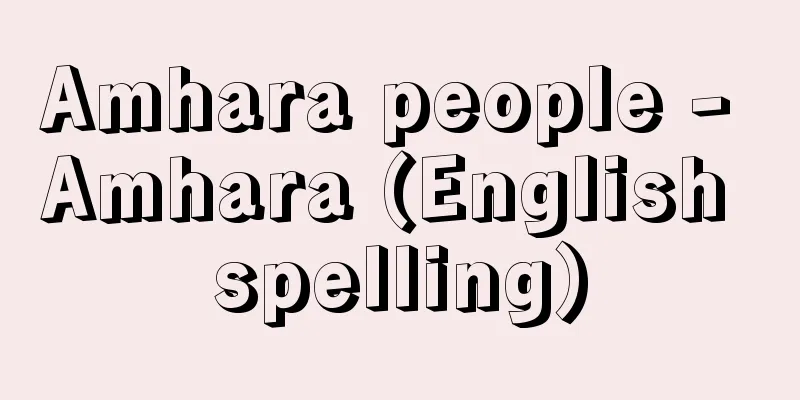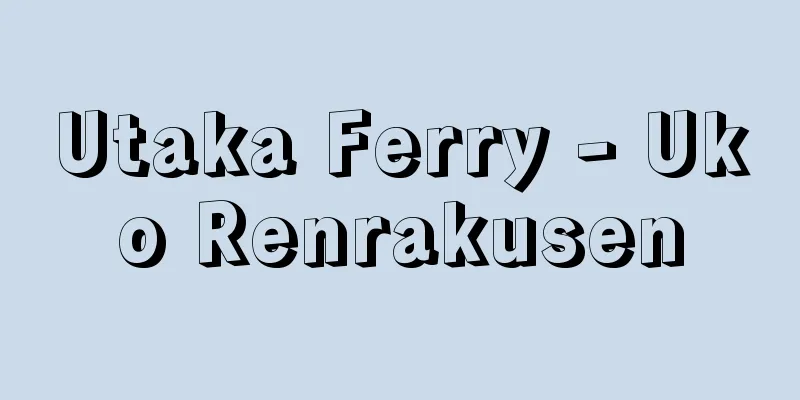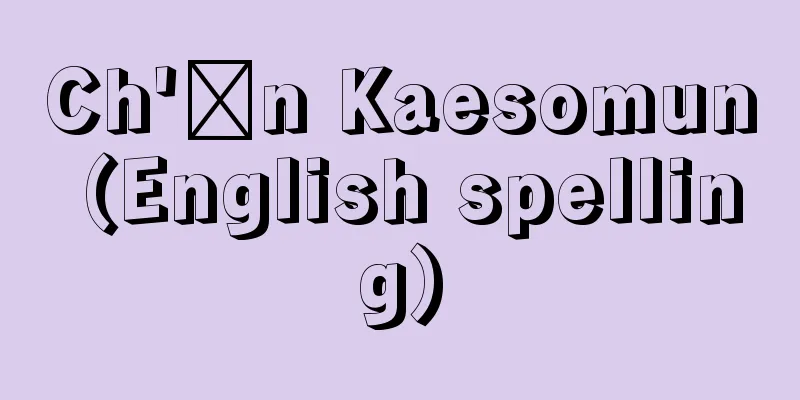Nara Picture Book - Nara Ehon

|
These are old manuscripts with colored illustrations, such as fairy tales and dance books (Kowakamai). Nara ehon are said to have been created by illustrators of Buddhist paintings at Kofuku-ji Temple and other places as commissioned works or for sale, but the name was given to them around the mid-Meiji period, and in the Edo period they were simply called old manuscripts or kakihon. Very few Nara picture books have information on the author or the date of production, but based on their style of painting, they are thought to have been created sometime between the end of the Muromachi period and the early Edo period. Kyokutei Bakin mentioned picture scrolls such as "Bunsho Zoushi" and "Hachikazuki," and stated that even after the Keicho period, "booksellers' shiire-e (paintings by bookshops) were produced every year." One picture scroll from the early Edo period, Otogi Zoushi, bears the seal of "Jodo Izuminojo, Essay Shop, Fujiwara Takayoshi," and is thought to have been created by a bookshop (bookstore) known as a essay shop, or an art shop or fan shop. Ryutei Tanehiko said about the Bunsho soshi, "Although many of these books have been handed down to this day in large, small and printed versions, this is because in the past they were indispensable booklets that not every household had." He generally wrote that the early versions were large vertical books measuring about 30 centimeters in height, but eventually they were standardized into vertical books measuring about 23 x 17 centimeters and horizontal books turned horizontally. Furthermore, picture scrolls from the same period that share the same content and style are also sometimes called Nara ehon. As they were also called wedding books or shelf decoration books, the covers of these scrolls are often ornately bound, with gold paint on dark blue paper and flowers and vermilion inscriptions, or with inner cloud patterns, and gold leaf on the inside leaves. Many picture scrolls from the mid-Muromachi period onwards have content reminiscent of Otogi-zoshi, and it goes without saying that the illustrations in Nara ehon were influenced by them. The illustrations in these books range from those using mud paints to white drawings, but can be roughly categorized into two trends. One is so-called Nara-e, which has a simple style using mud paints and a stylized haze on the top and bottom, and the other is detailed and gorgeous, using gold sand for the haze and gold-leaf underdrawings on the paper for the main text. Some of these Nara ehon have been directly printed in print, and the influence of Nara ehon can be seen in the illustrations of early Kana-zoshi and Joruri-shohon. [Tatsuro Akai] "Fujihiko Takasaki's "Otogi-zoshi" (1970, Shibundo)" ▽ "Akai Tatsuro's "History of Nara Picture Book Research" (included in "The World of Otogi-zoshi" edited by the International Research Society of Nara Picture Books, 1982, Sanseido)" [References] | |A fairy tale about the common people. It is a happy story of attaining wealth, success in life, and long life. Included in the "Sansoshi Emaki" (Picture Scroll of the Three Herbs). Copy held at the National Diet Library . "Bunsho Zoushi" A lazy man living in Shinano Province marries a beautiful woman, becomes wealthy and prosperous, and is later worshipped as a god. This story reflects the meritocracy of the times. Nara Ehon (Manuscript) held at the National Diet Library "> "Monokusa Taro" Nara picture book. An illustrated version of the Noh song "Kumano." From around the Keicho era (1596-1615). Owned by the National Diet Library . "Yuya" Source: Shogakukan Encyclopedia Nipponica About Encyclopedia Nipponica Information | Legend |
|
御伽草子(おとぎぞうし)、舞(まい)の本(幸若(こうわか)舞)などに彩色の挿絵を入れた古写本。奈良絵本は興福寺などの絵仏師が注文や売品としてつくったものであるといわれるが、その名称は明治中期ころにつけられたもので、江戸時代には単に古写本、かき本などとよばれるのみである。奈良絵本には筆者や製作年代を記したものがきわめて少ないが、その画風などから室町時代末期より江戸時代初期にかけてつくられたものと考えられ、曲亭馬琴(ばきん)が『文正(ぶんしょう)草子』『鉢かづき』などの絵巻物に触れ、これらが慶長(けいちょう)の後までも「書肆(しょし)のしいれ画といふもの毎年に出せり」と述べており、江戸初期の御伽草子の絵巻物に「城殿和泉掾(いずみのじょう) 草子屋 藤原尊重」という印をもつものがあり、草子屋とよばれた書肆(本屋)や、絵屋・扇屋などでつくられたものと考えられる。柳亭種彦(りゅうていたねひこ)は『文正草子』について「此(この)さうし今多く伝り、大本(おほほん)・小本(こほん)、摺本(すりほん)の数あるも、昔は家々になくてかなはざりし冊子(さうし)なりしが故(ゆゑ)なり」と述べており、おおむね初期のものに縦30センチメートルほどの大型縦本が多く、やがて縦23×17センチメートルほどの縦本とこれを横にした横本に統一される。 なお、同じ時期の内容・作風の共通する絵巻物も奈良絵本とよぶことがある。嫁入り本、棚飾り本ともよばれたように、表紙は、紺紙(こんし)に草花などを金泥(きんでい)で描き朱の題簽(だいせん)をつけるものや内曇(うちぐもり)模様のものが多く、見返しに金箔(きんぱく)を用いるなど、華麗な造本のものが多い。室町時代中期以降の絵巻物には、御伽草子的な内容をもつものが多く、奈良絵本の挿絵がそれらの影響を受けていることはいうまでもない。 その挿絵は、泥絵具(どろえのぐ)を用いたものから白描画(はくびょうが)に至るまで、さまざまであるが、おおよそ二つの流れに分類することができる。一つはいわゆる奈良絵とよばれるもので、天地に定形化したすやり霞(がすみ)をつけ、泥絵具を用いる素朴な作風をもつもの、一つは細密華麗な描写のもので、すやり霞に金砂子などを用い、本文料紙にも金泥の下絵をもつものがある。これら奈良絵本をそのまま版本化したものもあり、初期の仮名草子(かなぞうし)や浄瑠璃正本(じょうるりしょうほん)の挿絵には奈良絵本の影響が認められる。 [赤井達郎] 『高崎富士彦著『お伽草子』(1970・至文堂)』▽『赤井達郎著「奈良絵本研究史」(奈良絵本国際研究会編『御伽草子の世界』所収・1982・三省堂)』 [参照項目] | |庶民物の御伽草子。致富、出世、長寿という、めでたずくめの物語である。『三草紙絵巻』所収 写国立国会図書館所蔵"> 『文正草子』 信濃国に住む無精者が、美女をめとり、富貴に栄え、のちには神として祀られる。実力主義の世相を反映した物語である。奈良絵本 写本国立国会図書館所蔵"> 『物くさ太郎』 奈良絵本。謡曲『熊野』を絵入りにしたもの。慶長年間(1596~1615)ごろ国立国会図書館所蔵"> 『ゆや』 出典 小学館 日本大百科全書(ニッポニカ)日本大百科全書(ニッポニカ)について 情報 | 凡例 |
>>: Nālāyirativyaprapantam (English spelling)
Recommend
Otaki waterfall
This is an old village area in the west of Chichib...
Excoecaria cochinchinensis Lour.
A shrub of the Euphorbiaceae family. It grows to a...
Small group
...It is one of the methods of participation in m...
Ninomai - Ninomai
The title of a Gagaku/Bugaku piece. It is in the I...
Aiyarun - Aiyarun
…Under these social conditions, the 'ayyārūn,...
Olbrich, Joseph (Maria)
Born: November 22, 1867 in Troppau [Died] August 8...
Olive Schreiner
1855‐1920 British female writer. Born in the Cape ...
Warekara (split shell) - Warekara (English spelling) skeleton shrimp
A general term for crustaceans in the suborder Cap...
Kostoff, D.
…A giant chromosome found in the interphase nucle...
Social contract theory - English
A modern political thought that states that human...
Argument - Uron
...It is precisely in today's world, where ob...
Mimura-so
A manor in Omi Province. It is thought to have bee...
The Life of Lazarillo de Tormes - The Disability of Lazarillo de Tormes
A novel of unknown author published in 1554. It wa...
Siemens [company] - Siemens
The largest electrical manufacturer in Germany. Al...
Keisan - Kisan
...A traditional Korean geisha. Also written as k...
